Humans
Sign up for our newsletter
We summarize the week's scientific breakthroughs every Thursday.
-
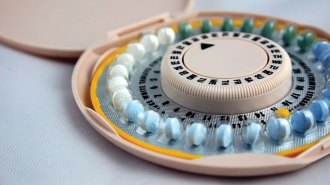 Neuroscience
NeuroscienceIs taking birth control as a teen linked to depression? It’s complicated
As researchers sift through conflicting data, no clear answers emerge on whether birth control during teenage years can cause depression later.
-
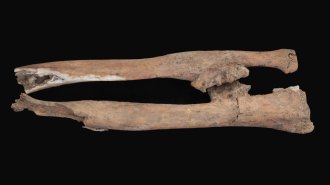 Humans
HumansArchaeologists tie ancient bones to a revolt chronicled on the Rosetta Stone
The skeleton of an ancient soldier found in the Nile Delta provides a rare glimpse into an uprising around 2,200 years ago.
By Bruce Bower -
 Health & Medicine
Health & MedicineA dose of ketamine could lessen the lure of alcohol
Ketamine may weaken wobbly memories of drinking, a trick that might ultimately be useful for treating alcohol addiction.
-
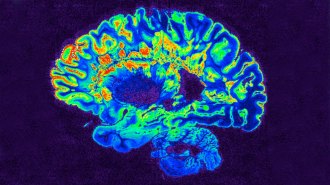 Health & Medicine
Health & MedicineA protein helps disease-causing immune cells invade MS patients’ brains
Blocking the protein may hinder B cells invading the brain in multiple sclerosis, a study in mice and ‘stand-in’ human brain barriers finds.
By Sofie Bates -
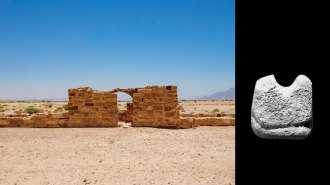 Archaeology
ArchaeologyA carved rock found in Jordan may be the oldest known chess piece
The 1,300-year-old game piece, which resembles a rook, or castle, was found at an Early Islamic trading outpost.
By Bruce Bower -
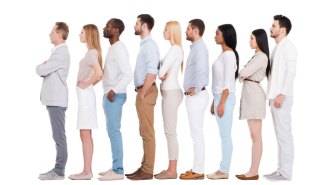 Humans
HumansWhy screening DNA for ‘designer babies’ probably won’t work
While simulations suggest it’s possible to predict a child’s height from looking at an embryo’s DNA, real-world examples say otherwise.
-
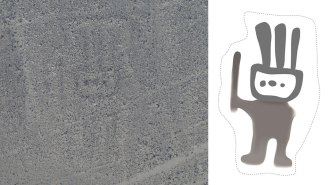 Archaeology
ArchaeologyAn AI found a hidden Nazca Line in Peru showing a humanoid figure
An artificial intelligence program designed to go through massive datasets for hints of ancient geoglyphs called Nazca Lines has discovered a new one.
-
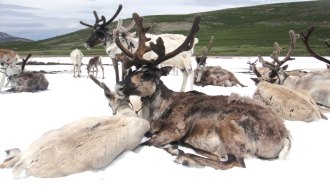 Climate
ClimateThe loss of ‘eternal ice’ threatens Mongolian reindeer herders’ way of life
Mongolian reindeer herders help scientists piece together the loss of the region’s vital “eternal ice” patches.
-
 Health & Medicine
Health & MedicineDengue cases in the Americas have reached an all-time high
There have been more dengue cases in the Americas this year than ever before, according to the Pan American Health Organization.
-
 Neuroscience
NeuroscienceSome people with half a brain have extra strong neural connections
Brain scans of six people who had half their brains removed as epileptic children show signs of compensation.
-
 Health & Medicine
Health & MedicineFull intestines, more than full stomachs, may tell mice to stop eating
A new description of stretch-sensing nerve endings in mice’s intestines could lead to ways to treat obesity.
-
 Science & Society
Science & SocietyA Dallas museum hosts rare hominid fossils from South Africa
Fossils of the South African hominids Australopithecus sediba and Homo naledi are on display at the Perot Museum of Science and History in Dallas.
By Tara Haelle